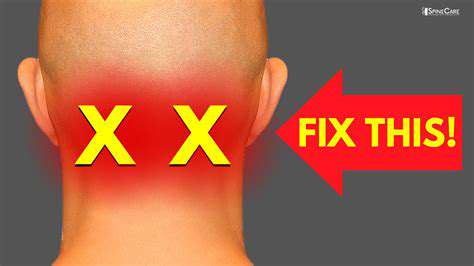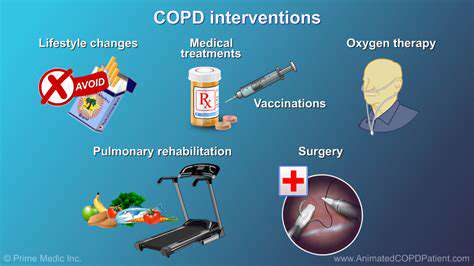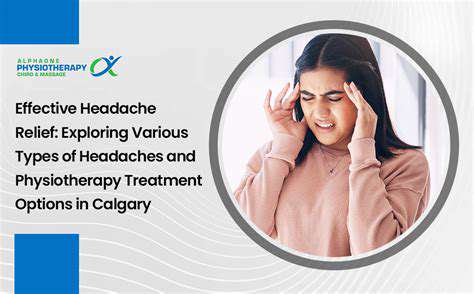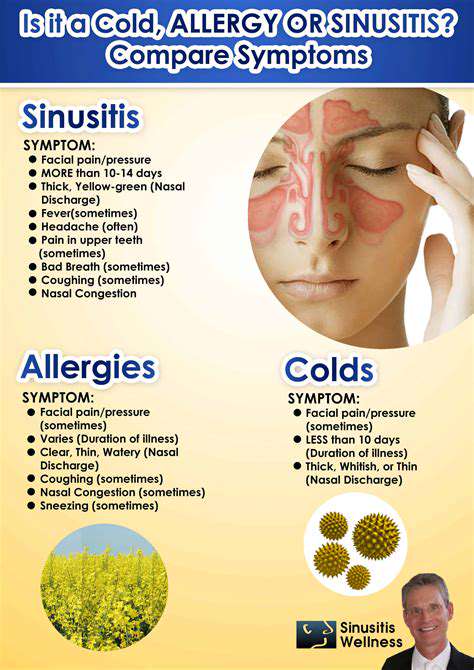Base of My Skull Hurts: Understanding Causes and Remedies
List of Contents
- Poor posture causes discomfort at the skull's base.
- Physical trauma can lead to localized skull pain.
- Medical conditions may radiate pain to the skull's base.
- Effective treatment requires understanding pain causes.
- Home remedies like heat therapy can alleviate discomfort.
- Over-the-counter pain relievers provide quick relief.
- Seek professional help for severe, persistent pain symptoms.
Common Causes of Pain at the Base of the Skull
Poor Posture and Musculoskeletal Strain
Poor posture is one of the most prevalent causes of pain at the base of the skull. Many individuals spend long hours hunched over computers or mobile devices, straining the muscles and ligaments in the neck and upper spine. Over time, this can lead to discomfort that radiates to the base of the skull, manifesting as a dull ache or tension headache. Correcting posture may alleviate the strain.
The musculature at the base of the skull, particularly the trapezius, splenius, and suboccipital muscles, can become tight and fatigued from sustained poor posture. As these muscles tighten, they can pull on the skull and create a persistent sense of discomfort. Understanding the ergonomics of your workspace and making necessary adjustments could yield significant relief.
Injuries and Physical Trauma
Another common cause of pain at the base of the skull is injury or physical trauma, which can arise from falls, car accidents, or sports-related incidents. These injuries may result in strains, sprains, or even fractures in extreme cases, all of which can lead to localized pain and inflammation. Understanding the nature of the injury is crucial for appropriate treatment and recovery.
In instances of whiplash, for example, the sudden jerking motion can cause significant soft tissue damage at the base of the skull. Symptoms from such injuries may not show up immediately, often manifesting days after the initial incident. This delayed response necessitates thorough examination and possibly imaging studies, such as MRIs or X-rays, to assess the damage accurately.
Post-injury rehabilitation can involve physical therapy aimed at restoring function and alleviating pain. Treatment plans may include a combination of stretching, strengthening exercises, and manual therapy techniques to facilitate healing. It’s essential to have a comprehensive recovery plan to avoid chronic pain issues that could persist if not properly addressed.
Medical Conditions and Lifestyle Factors
Certain medical conditions can also contribute to pain at the base of the skull. Conditions such as migraines, tension-type headaches, and other neurological disorders can radiate pain to the posterior regions of the head. Understanding how these conditions affect the body is vital for managing and reducing discomfort effectively.
Lifestyle factors such as high levels of stress, inadequate hydration, and poor nutrition can exacerbate underlying issues, leading to an increased perception of pain at the base of the skull. Stress, specifically, can lead to muscle tension, which commonly results in headaches and discomfort in this area. Recognizing and addressing these lifestyle factors can play a significant role in pain management.
Taking a holistic approach that includes stress management techniques such as mindfulness, meditation, and physical activity can improve overall well-being and reduce pain symptoms. Additionally, staying hydrated and consuming a balanced diet rich in antioxidants can help foster a healthier body that is less susceptible to pain. Identifying and managing these factors can lead to significant improvements over time.
Remedies for Pain at the Base of the Skull

Understanding the Causes of Pain at the Base of the Skull
There are numerous reasons why individuals may experience pain at the base of the skull. Understanding these causes is essential for effective treatment and management. One of the most common culprits is tension headaches, which arise from muscle strains due to stress, poor posture, or fatigue.
Other potential causes include cervicogenic headaches that originate from neck issues or injuries, whiplash, or even underlying conditions like arthritis. Identifying the root cause is crucial, as it influences the choice of remedy. Seeking medical advice can provide valuable insights into the specific type of pain you may be experiencing.
Home Remedies to Alleviate Discomfort
Many individuals find relief through simple home remedies that can be easily implemented. For instance, applying a warm compress to the base of the skull can help relax tense muscles and improve blood circulation. This heat therapy can significantly reduce pain and promote comfort.
Additionally, practicing relaxation techniques such as deep breathing or yoga can alleviate stress and tension, further contributing to pain relief. Regularly engaging in gentle stretches focused on the neck and upper back can also enhance flexibility and reduce discomfort.
Over-the-Counter Pain Relief Options
For those seeking immediate relief, over-the-counter pain relievers can be effective in managing pain at the base of the skull. Medications like ibuprofen or acetaminophen are often recommended to help reduce inflammation and alleviate pain. However, it's important to follow dosage instructions to avoid any adverse effects.
Combining these medications with rest and proper hydration can also prove beneficial in speeding up recovery. As always, consulting with a healthcare professional before starting any medication regimen is prudent, especially if you have pre-existing health conditions.
When to Seek Professional Help
While many cases of pain at the base of the skull can be managed with home remedies and over-the-counter options, certain symptoms warrant professional attention. If the pain is persistent, severe, or accompanied by other symptoms like vision changes, dizziness, or neurological signs, it is crucial to consult a healthcare provider. These symptoms may indicate underlying issues that require immediate diagnosis and treatment.
Seeking help early can lead to better management of chronic conditions and prevent the escalation of symptoms. A healthcare professional can provide tailored advice and treatment plans based on individual needs, ensuring appropriate interventions are utilized.



